The Municipal Archive of Sant Joan d'Alacant brings together the documentary collection produced by the City Council of Sant Joan d'Alacant throughout its history as an independent municipality
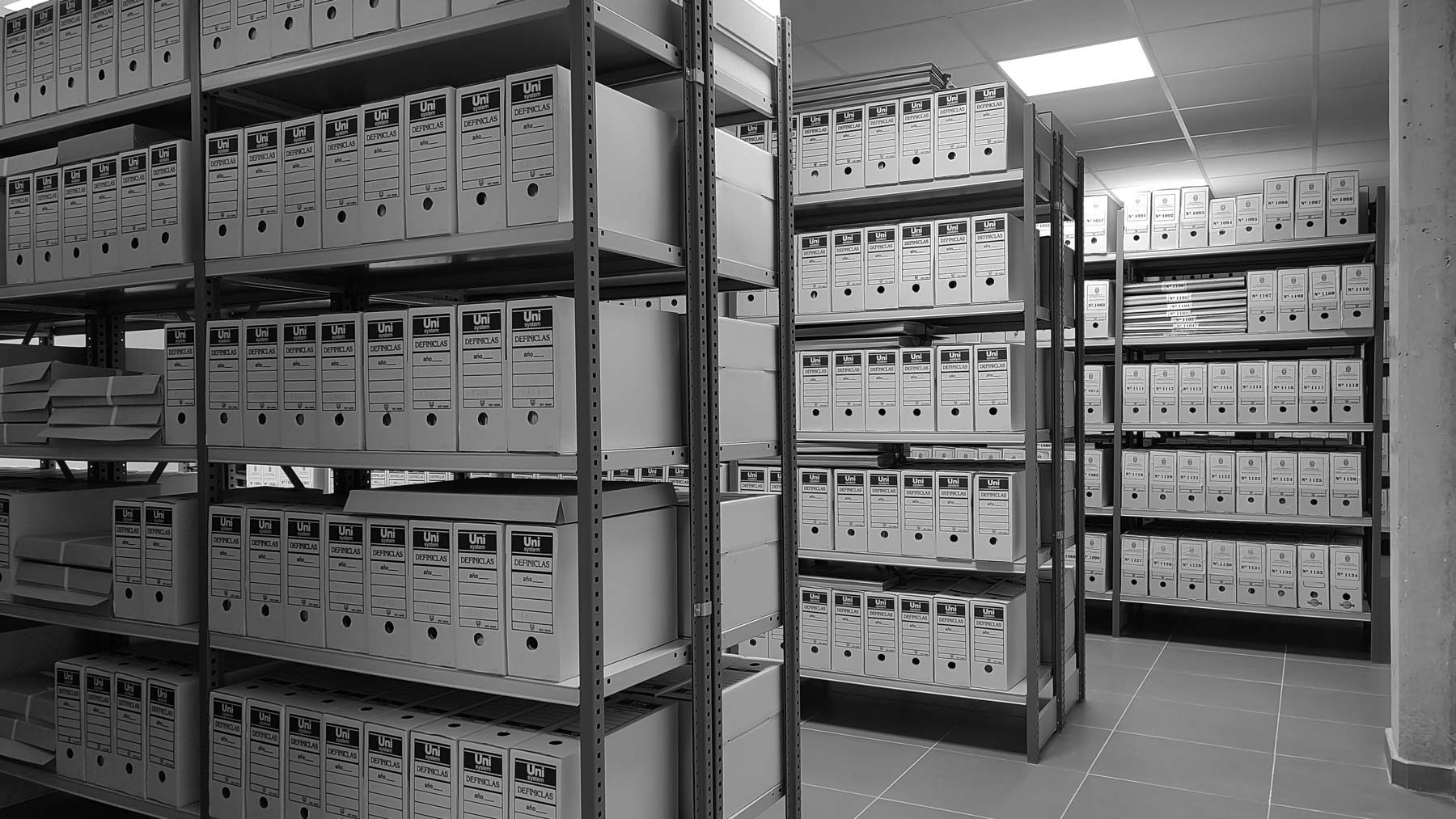
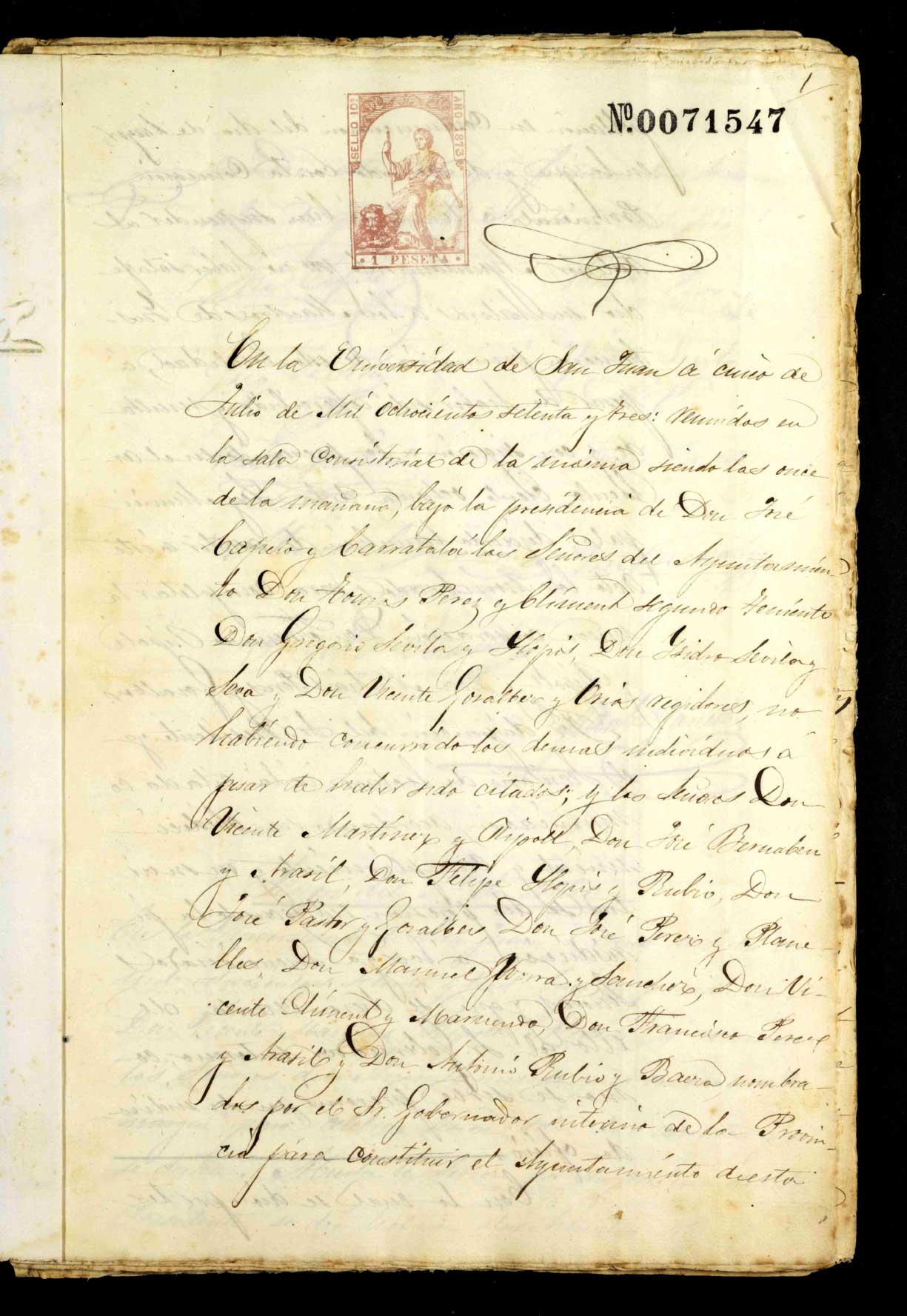
Its funds go back to the middle of the 19th century, shaping the evolution of a municipality that was the heart of the traditional Alicante Horta. However, the economy, based on agriculture, has given way to a population dedicated to the services sector, and this can be seen in the growth of the population, which has gone from a scant 3,500 inhabitants to barely one hundred years to more than 20,000.
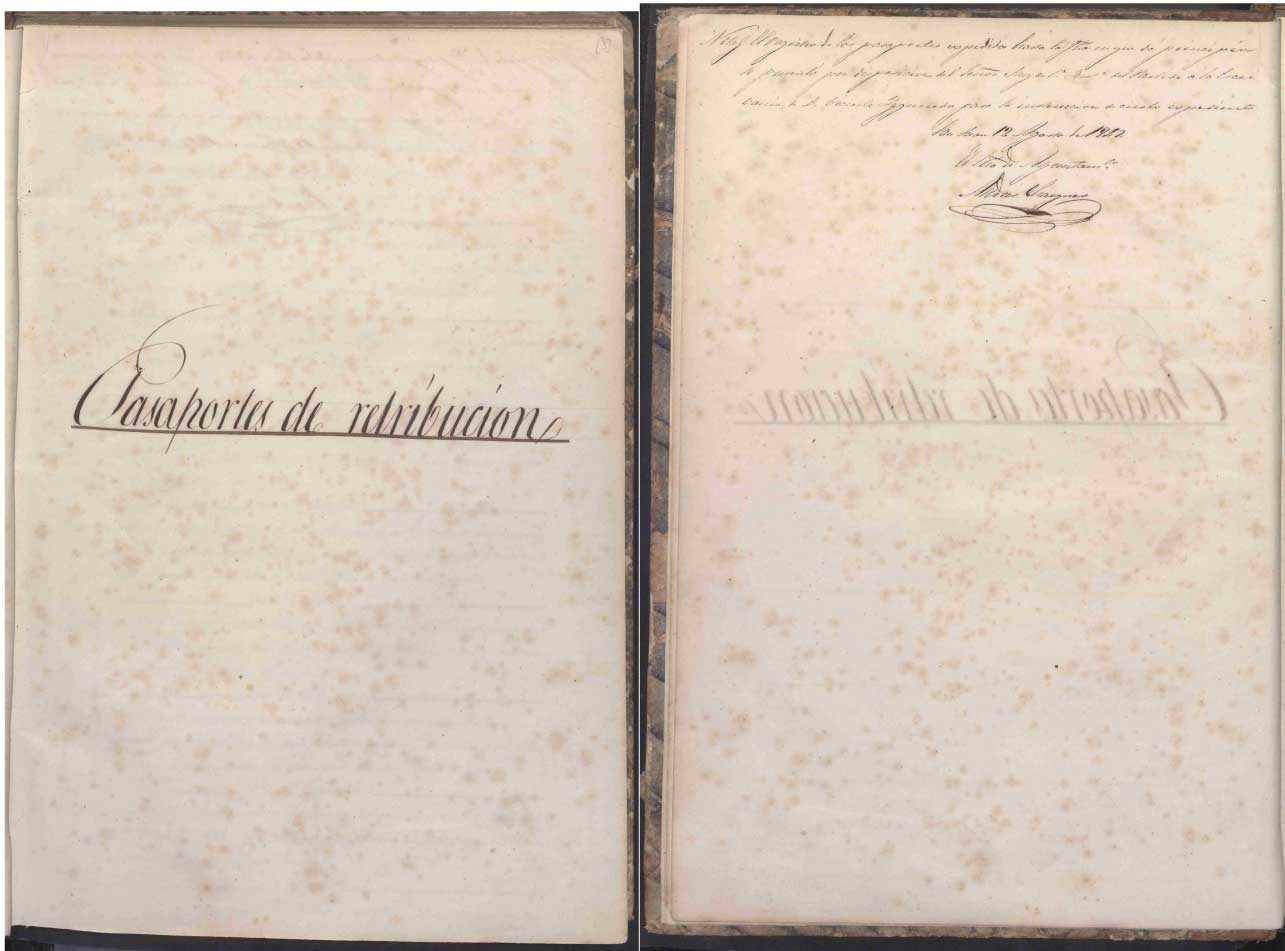
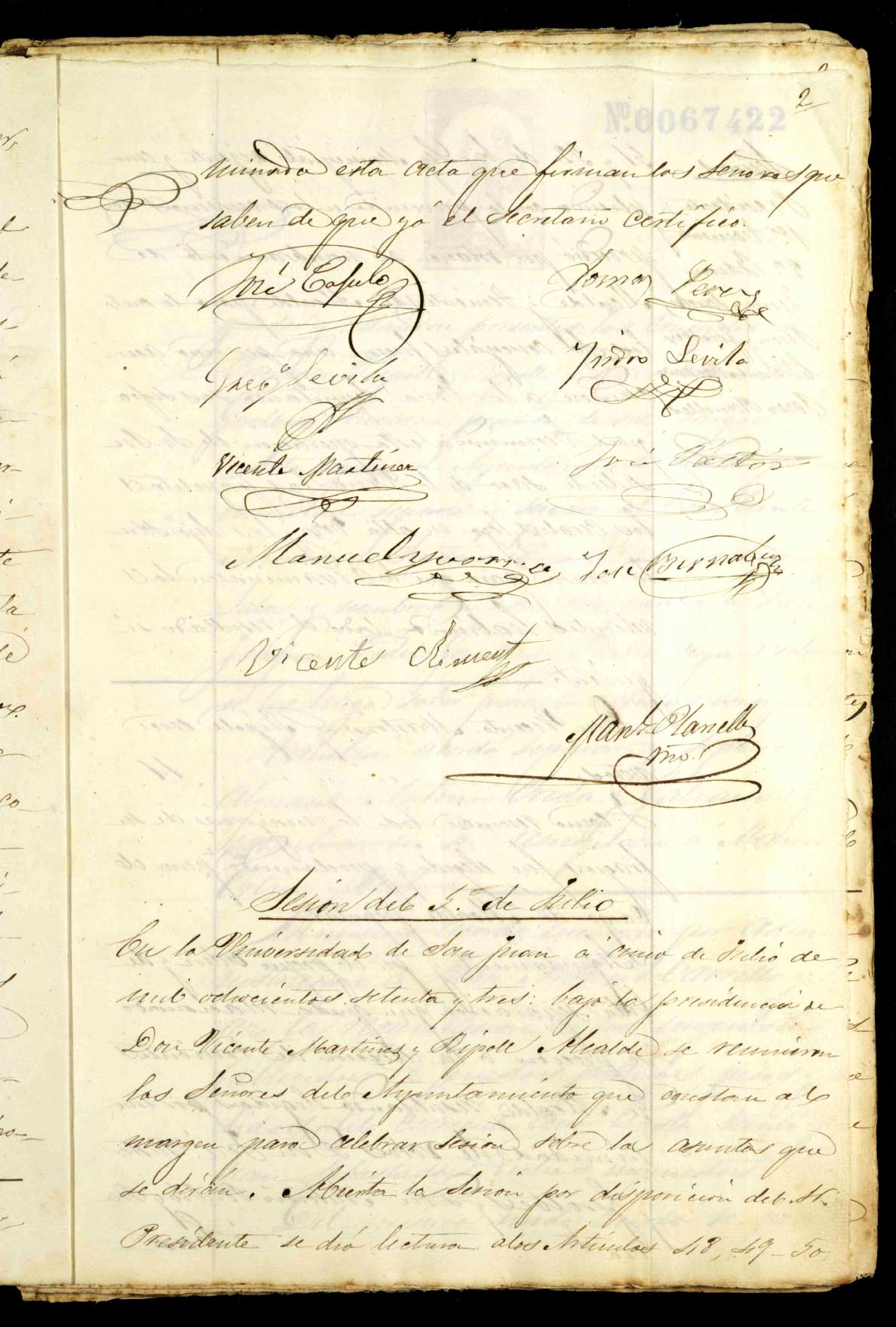
These changes are also reflected in the Archive, which gathers a large amount of documentation that tells us about a past marked by the flow of ditches and the rhythms of the countryside, to an urban life rooted in its traditions. We have evidence of the concern to preserve the Archive in the first inventories drawn up in the 19th century or, in the works of conditioning shelves for archives in the middle of the Civil War.
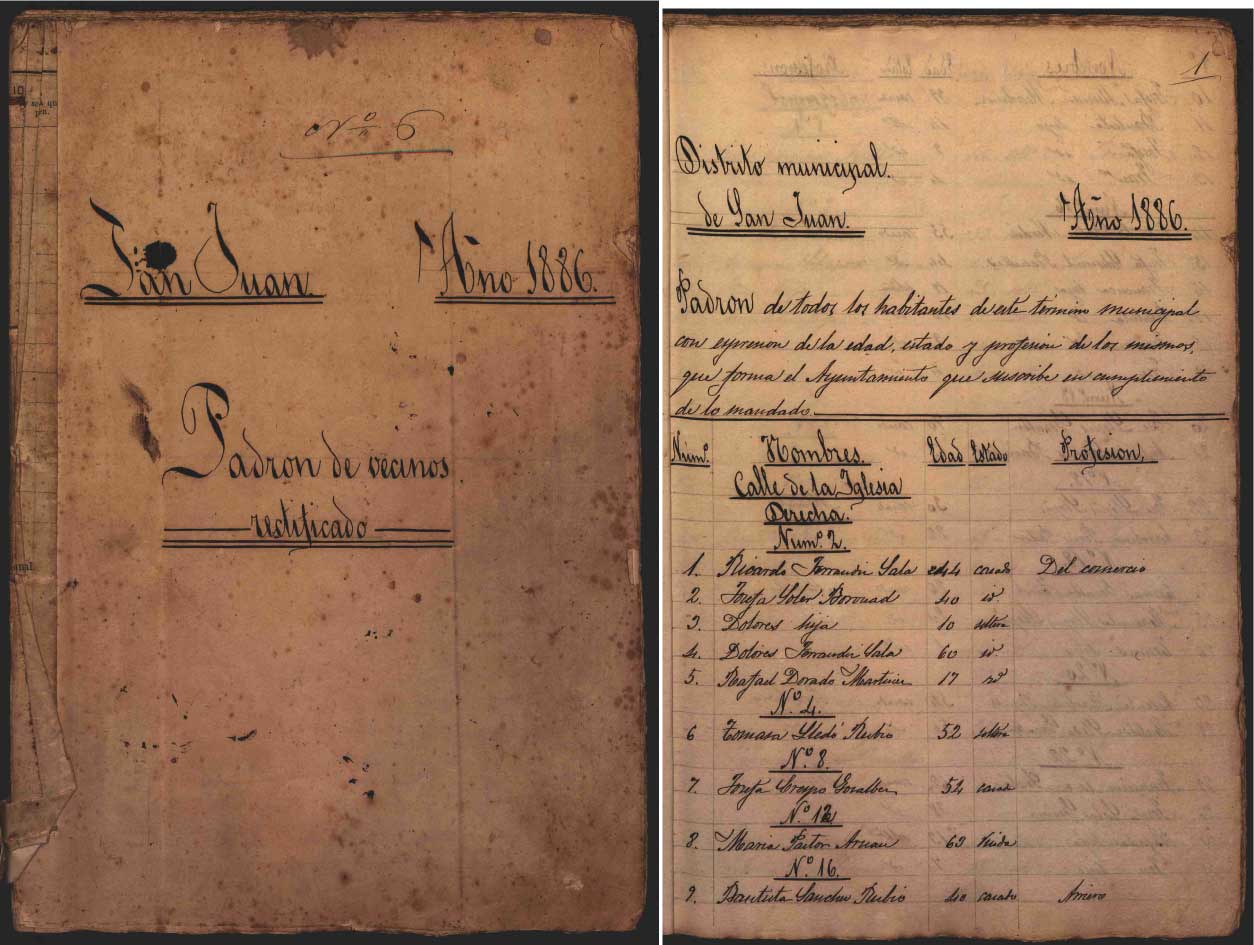
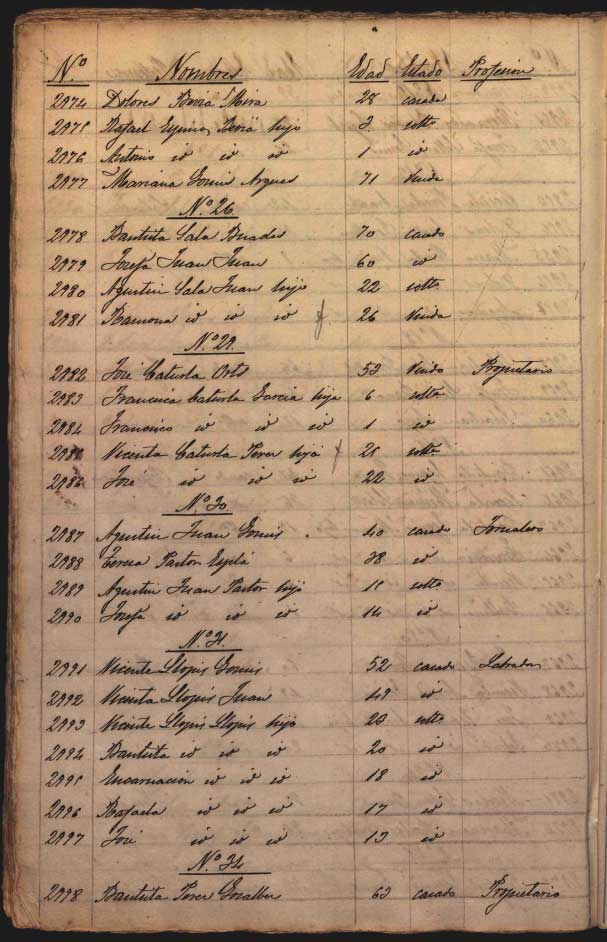
At the beginning of the 20th century, the Archive was gathered in the House of Culture to finally be moved to its current location. Currently, in addition to paper documentation, the Archive is in charge of managing electronic documentation received or produced by the City Council.
Documentary funds
- the Municipal Archive of Sant Joan d'Alacant, in addition to the municipal fund, that is to say, the documentation produced and received by the City Council in the exercise of its functions and throughout its history, keeps other funds and collections First of all, and linked to the municipal fund, there are two collections, on the one hand, that of Stamp Matrices, which brings together the stamps used and withdrawn by the City Council to validate its official documents; and on the other hand the Municipal Photography Collection, which includes repertoires of images taken, lent or acquired by the City Council. Secondly, there are the incorporated funds, divided in turn into three blocks. The first block is the organizations or institutions, among which the funds of the Local Prefecture of FET-JONS, the Local Agrarian Chamber, the Cristo de la Paz School Group, the Sant Joan Photographic Group, the Lloixa Cultural Association, the Junior Movement of Catholic Action and the Commission for the festivities of Santíssimo Cristo de la Paz. Another block is the one that brings together the funds of prominent people and families, among them that of Maruja Pastor Galbis, that of Ana Fernanda Ballenilla Fajardo, that of José Sala Sellers, that of Amelia Asensi Bevià - which gives its name to the Archive and Library building, that of Isidro Buades Ripoll - chronicler and literary author - and that of the Mira Family with the documentary collection of the Mira Cadires factory. Finally, the third block of the incorporated funds is made up of a large group of private collections, among which Miguel Martínez-Mena stands out without a doubt, with very curious documents about the Hospital de l'orde de Sant Joan de Déu in Alicante or the organization of the V Centenary of the relic of the Holy Face

Services and activities
- Consultation of documentary funds, research advice, dissemination activities, exhibitions, didactic and guided visits. Sant Joan t'Estime collective oral memory project, developed with Citizen Participation.
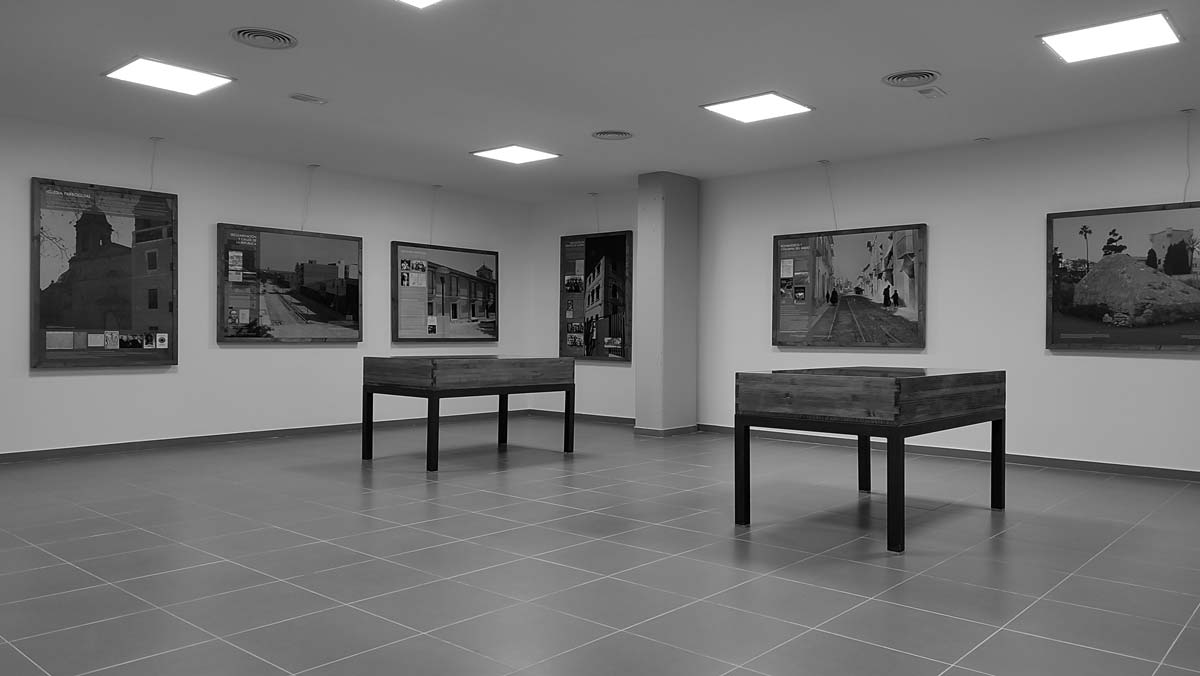
Most outstanding documents
the Municipal Archive of Sant Joan houses 1,250 linear meters of documentation and among them there are documents of all kinds related to "living in a village" as the local author Federico Sala Seva would say. However, if we were to highlight those singular ones, we should definitely talk about the Book Register of Passports (1847-1853), the first register of residents who moved from Sant Joan to other localities, or the Alignments project and reform of the Town in 1897, the first design instrument for the growth that our population would experience.
Already at the beginning of the 20th century, we must highlight the Soldiers' Classification Sheets - more than 400 - from 1939, or all the records of works in the layout of ditches, braçals and filoles, a reflection of the transit from one agricultural municipality to another dedicated to the services. And finally we must cite all the documents that make up the collection of Isidro Buades Ripoll (1928-2019), chronicler of the Town and author of fables, stories, poems, articles and local research works, which he wanted to deposit in the AMSJA his legacy to enrich the heritage of his beloved Sant Joan de l'Horta.
Digitized documents
Ordinary budget 1869-1870
Population register of 1872
Population register of 1886
Book of Passports from 1847-1853
Write to us, send us pictures
Visit us, call us
Address
Avinguda Rambla de la Llibertat, 22, 03550, Sant Joan d'Alacant


